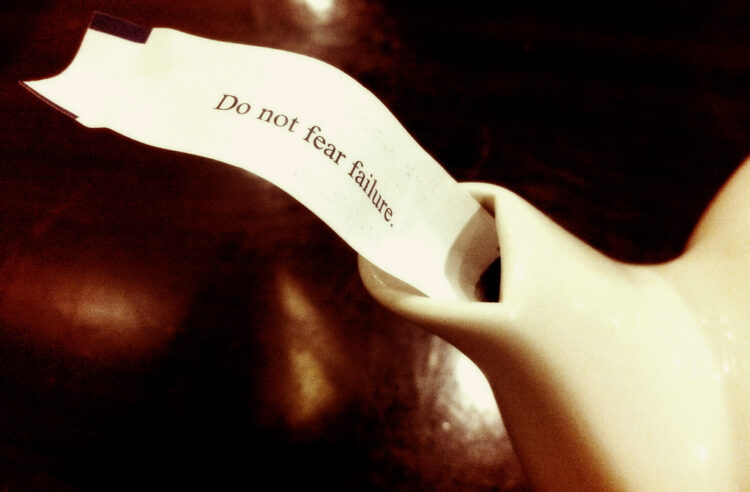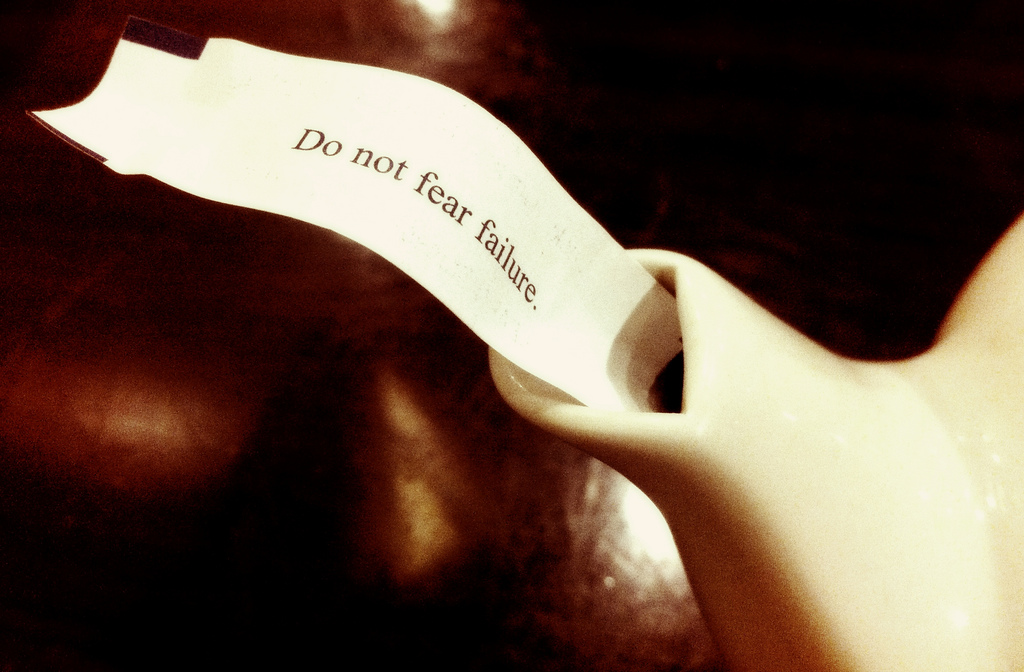A lot of attention is given to the rate of start-up of new businesses. However, scant attention is paid to the rising number of business closures (with the notable exception of the topic of growing vacancies on high streets in the UK). For perspective, in 2013-14, 533,000 new companies registered in the U.K., whilst 332,000 closed, however the latter number is rarely ever mentioned in the Financial Times or the Economist. Moreover, just five years ago, more businesses closed than opened in the U.K. While the “net growth” in businesses is positive, and widening, there is still much to be learned from the experience of these failed businesses.
In my own experience as an entrepreneur, shutting down a new business venture is a challenging and complex decision. Just a year after putting pen to paper on my business plan, I was a “failure-preneur,” reassessing what I had learned from the experience and what I would do next. In assessing what happened, the reality is, you are ultimately playing back all the scenarios from the original business plan, inserting actuals in lieu of assumptions, and realities instead of “what ifs.”
Ultimately, when you weigh the results, the hardest conclusion to draw (or admit to) is that “I failed.” You have an innate desire to move forward, to build on what you’ve learned, to “double down” and move forward in some shape or form, perhaps more “focused” or “niche.” But you know you can’t, especially if, as in my case, you were “bootstrapping” and your cash has dried up. That financial clarity is helpful for declaring the end, but saying “I failed” is still hard (a point I will return to at the end).
As I reflect upon my experience, I realized that I failed for three primary reasons:
- I under-estimated customer acquisition costs.
My business was essentially a do-it-yourself home décor site with a focus on florals/garden looks. Of the different assumptions in the business plan, the key one I missed was customer acquisition costs. Given that the U.K. leads the US in online shopping and home décor is a category starting to move online, I thought these factors would help offset the heavy “browsing” and long purchase cycles associated with the category. However, whether it was the cost of generating traffic to the website—via SEO, SEM or other methods—or of getting footfalls at “pop ups” and events, the marketing costs required to drive a purchase were significantly higher than I’d anticipated. I concluded that in both online and offline environments the “if you build it, they will come” mentality held a little too much sway, and generating traffic required significant investment.
- I spent more on fixed costs that I wanted, crowding out other spending, namely investments in marketing.Three investment outlays—the website design, office space and the fulfillment house—accounted for over a third of my budget. (Some of these costs were technically variable, but for the most part these operated as fixed costs.) As a result, the amount of funds available for investing in marketing quickly diminished. Said another way, I encountered my “burn rate” sooner than I’d ever hoped, which forced critical decisions about whether or not the business was viable. In my assessment, the path to profitability was moving further out and the business would be entering the “holiday” season, which would be even more costly to market in. So while pulling the plug this early felt premature (emotionally), it was the only thing to do (rationally), otherwise I would risk burning more cash.
- I built for scale too fast.I contracted with a fulfillment house to hold inventories and manage orders (I couldn’t run the business from home for legal reasons in the UK as I rented, but perhaps a larger office space with space for limited inventory for the first year might have sufficed until demand materialized). However, this investment decision limited other choices. I should have focused on starting small and looked for ways to avoid the temptation of “getting big fast.”
- I tried to test too many things too early.While designing and launching a business is all about iteration and testing, perhaps I went too far. At the launch of the website, I was testing SEO, SEM, PR, print advertising and event marketing/ “pop ups.” I’d placed a number of “tests” or “experiments,” some with favorable results and some that failed. I thought I’d made the right bets, but was learning that a number of these, and unfortunately some big ones, hadn’t panned out. In a category with two seasons (“summer” and “holiday”), I was scurrying to generate results for the launch, which quickly morphed into summer. I was sitting on a fair amount of inventory from the initial stock up and was eager to generate sales. Perhaps I should have focused on doing “fewer, better” marketing strategies vs. launching with a broad-based plan.
These factors focus on the “rational” reasons why I failed. On the “emotional” side, failing was a learning experience: I had the benefit of realizing quickly that I’d “failed fast” and avoided prolonging the financial cost of not admitting failure until more costs were incurred. Writing the business plan and setting up the operations were relatively quick exercises—much easier than I’d imagined they’d be. But as the business only traded for seven months, it was a bit difficult to realize that the end was nigh, except for when I was reviewing budgets and expenses, as I was also busy thinking ahead to the next season and next year.
The “emotional” challenge of being an entrepreneur was to ladder up from these individual situations to assess the pattern, and to realize that I had failed, and then to convince myself of that point and be willing to share it with others. This last element was perhaps the hardest, ranging from settings such as telling my wife and my mentors, to suppliers and ultimately that awkward moment of “when do I update my LinkedIn status and what do I say?” (It’s a trivial milestone but a true one for many failure-preneurs.) But ultimately, the learning experience from failure as an entrepreneur, like that of any manager, is a rich one.
Image credit: CC by Tomasz Stasiuk




